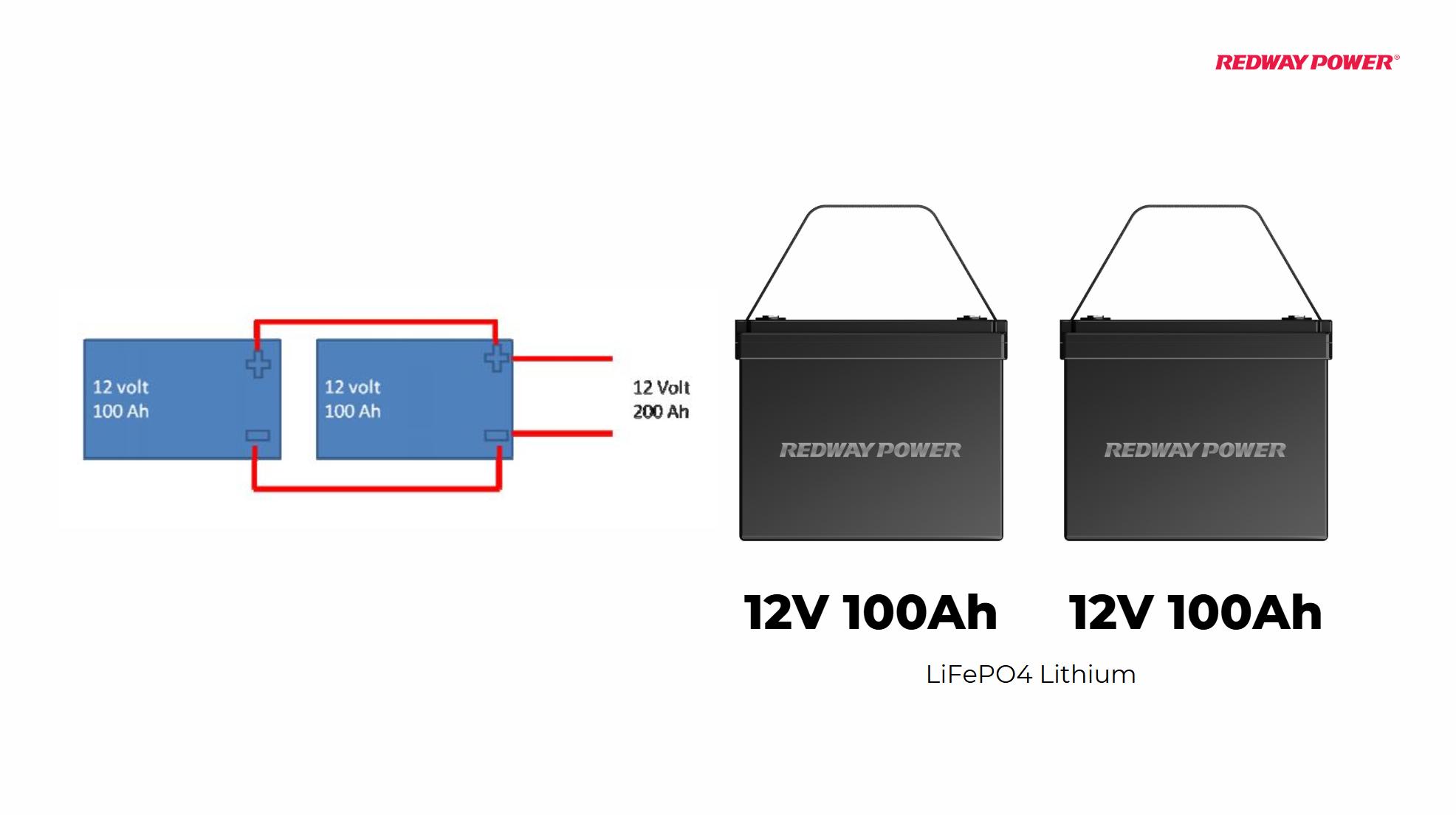What Are the Cons of Pumped Storage?
Pumped hydro storage (PHS) is a widely used method for energy storage, but it comes with several disadvantages that can limit its effectiveness and implementation. Key cons include high initial costs, environmental impacts, and geographical limitations. Understanding these drawbacks is essential for evaluating the overall viability of pumped hydro as an energy solution.
What is pumped hydro storage and how does it work?
Pumped hydro storage is a method of storing energy by using two water reservoirs at different elevations. During periods of low electricity demand, excess energy is used to pump water from the lower reservoir to the upper one. When demand increases, water is released back down through turbines to generate electricity.
| Process | Description |
|---|---|
| Energy Generation | Water flows from upper to lower reservoir |
| Energy Storage | Excess energy pumps water uphill |
| Efficiency | Typically over 80% energy efficient |
What are the key disadvantages of pumped hydro storage?
Several significant drawbacks affect the feasibility and implementation of pumped hydro storage:
- High Initial Costs: Establishing a pumped hydro facility requires significant capital investment for construction and infrastructure.
- Environmental Impact: The creation of reservoirs can disrupt local ecosystems, affect water quality, and displace wildlife.
- Geographical Limitations: Suitable sites require specific topographical features, limiting where these facilities can be built.
| Disadvantage | Description |
|---|---|
| High Initial Costs | Expensive construction and setup |
| Environmental Impact | Potential disruption to ecosystems |
| Geographical Limitations | Requires specific terrain for installation |
How does the environmental impact affect pumped hydro storage systems?
Pumped hydro systems can have considerable environmental consequences:
- Alteration of Water Flow: Reservoirs can change natural watercourses, impacting aquatic life.
- Habitat Disruption: Construction may displace local flora and fauna, leading to biodiversity loss.
- Water Quality Issues: Stagnant water in reservoirs can lead to deoxygenation and other water quality problems.
| Environmental Impact | Description |
|---|---|
| Alteration of Water Flow | Changes in natural habitats |
| Habitat Disruption | Loss of local ecosystems |
| Water Quality Issues | Stagnation leading to pollution |
What economic factors influence the viability of pumped hydro projects?
The economic feasibility of pumped hydro projects depends on several factors:
- High Capital Investment: The upfront costs for construction can be prohibitive.
- Long Payback Periods: It may take years to recover initial investments through energy sales.
- Market Demand Fluctuations: Changes in energy prices can impact profitability.
| Economic Factor | Description |
|---|---|
| High Capital Investment | Significant upfront costs |
| Long Payback Period | Delayed return on investment |
| Market Demand | Fluctuations can affect revenue |
How does geography limit the implementation of pumped hydro storage?
Geography plays a crucial role in determining where pumped hydro facilities can be built:
- Elevation Differences: Effective systems require significant height differences between reservoirs.
- Water Availability: Sites must have sufficient water supply to maintain reservoir levels.
- Land Use Conflicts: Suitable locations may conflict with existing land use or conservation efforts.
| Geographic Factor | Description |
|---|---|
| Elevation Differences | Necessary for effective operation |
| Water Availability | Essential for maintaining reservoir levels |
| Land Use Conflicts | Potential conflicts with existing uses |
How do pumped hydro systems compare to other energy storage solutions?
When compared to alternatives like battery storage or compressed air energy storage, pumped hydro has distinct advantages and disadvantages:
- Efficiency: While efficient, it typically has lower round-trip efficiency than advanced battery systems.
- Capacity: PHS can store large amounts of energy over long periods but requires significant infrastructure.
- Flexibility: Battery systems offer more flexibility in terms of location and scalability compared to PHS.
| Comparison Aspect | Pumped Hydro Storage | Battery Systems |
|---|---|---|
| Efficiency | Over 80% | Varies (typically 70% – 90%) |
| Capacity | High capacity for long-term storage | Limited by physical size |
| Flexibility | Geographically limited | More adaptable to various locations |
Industrial News
As renewable energy sources grow in popularity, interest in alternative energy storage solutions like pumped hydro continues to rise. Recent advancements focus on improving efficiency and reducing environmental impacts associated with new installations. Policymakers are increasingly considering these technologies as part of broader strategies to stabilize power grids and integrate more renewable sources.
Redway Expert Views
“Pumped hydro storage remains a vital component in our transition to renewable energy,” states a Redway expert. “While it has its challenges, such as high initial costs and environmental concerns, its ability to provide large-scale energy storage makes it an essential part of our future energy landscape.”
FAQ Section
- Is pumped hydro storage environmentally friendly?
While it is renewable, it can disrupt local ecosystems and water quality. - How much does it cost to build a pumped hydro facility?
Initial costs can range from millions to billions depending on size and location. - Can pumped hydro compete with battery technology?
Yes, but it often requires specific geographical conditions that may not be available everywhere. - What is the lifespan of a pumped hydro facility?
Many facilities are designed for long-term operation, often lasting several decades with proper maintenance.


